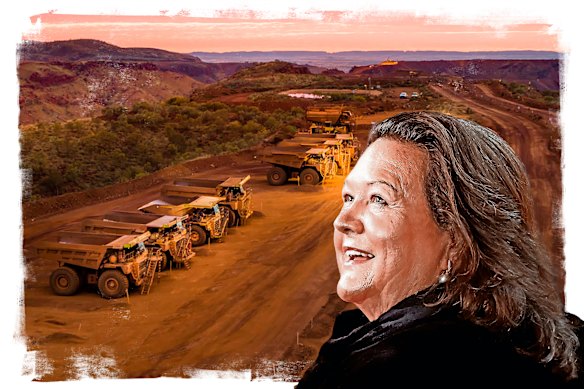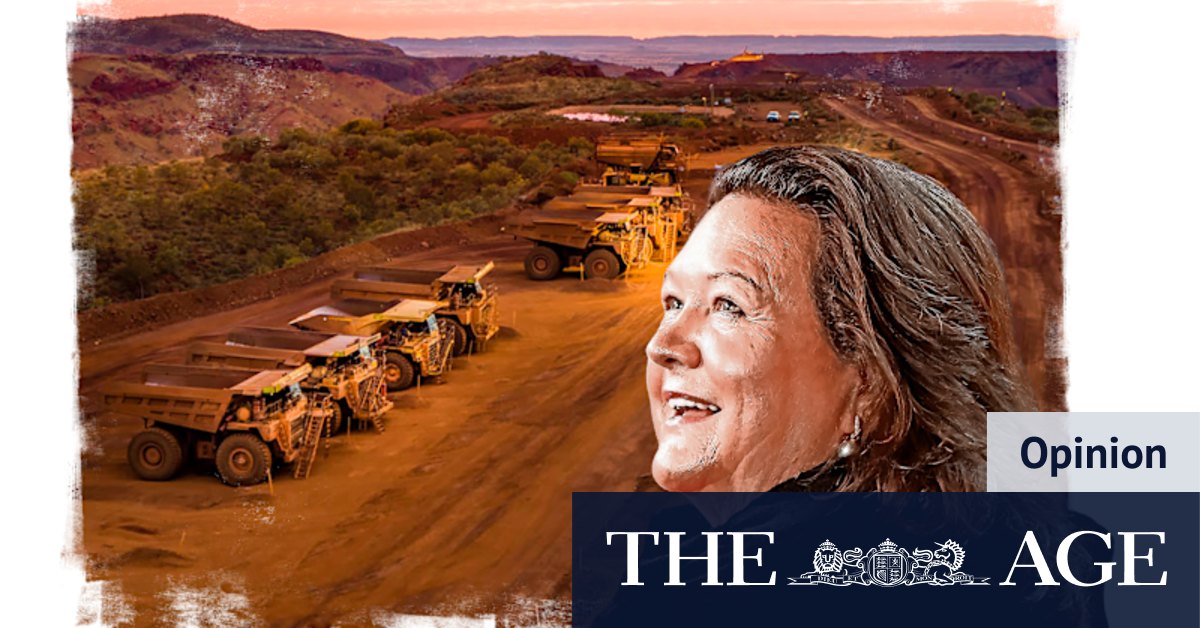For decades Gina Rinehart has bristled at the claim of inherited wealth being the cornerstone of her success. But even her staunchest detractors cannot deny her investment nous when it comes to positioning herself at the epicentre of mining’s new grail, rare earths.
Thanks to her investments in these minerals, Australia’s richest person has become a whole lot richer. This year alone her wealth has reportedly grown by $3.5 billion on the back of rare earths.
In fact, US president Donald Trump’s pain – on the back of China’s imposition last week of extra restrictions on critical rare earths – is only furthering Rinehart’s financial gain.

Gina Rinehart, Australia’s richest person, has bet big on heightened global demand for rare earths.Credit: Stephen Kiprillis
What makes this all the more ironic is that Rinehart is as close as Australia gets to a flag-waving climate denier, and the appeal of rare earths is tied to the role they are going to play in powering the clean, green revolution – from electric vehicles to green energy storage.
For Rinehart, who is also Trump’s biggest Australian fangirl, profit appears to trump ideology.
Loading
China is the biggest supplier of rare earths in the world, and its recent flexing of muscles has put a rocket under the share price of a host of local companies including Arafura Rare Earths, which is up 64 per cent in five days, Lynas Rare Earths, which shot up around 13 per cent over that period, and critical minerals miner Iluka, which has similarly popped.
Hancock is the largest shareholder in lithium producer Liontown, Lynas and Arafura. And in the past 24 hours, she has made another play – a 22 per cent investment in ASX-listed St George Mining – which boasts rare earths and niobium resources in Brazil but is not yet in production.
She also owns an 8 per cent of US rare earths group MP Materials, and was followed on to the share register by the Pentagon – a move which sent MP’s share price and the value of her investment even higher.

